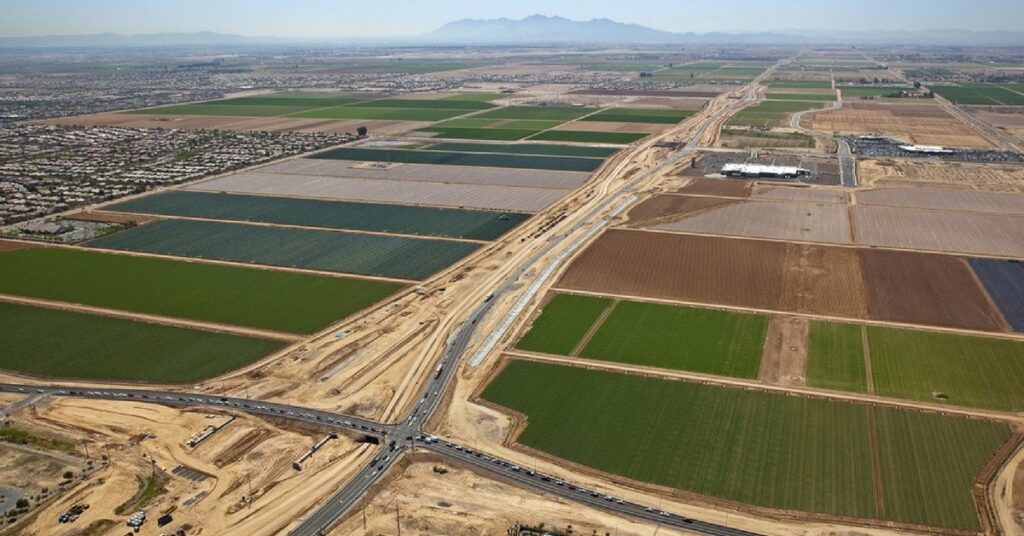COMPARING THE LAND ACQUISITION ACT, 2013 WITH PREVIOUS LAND ACQUISITION LAWS IN INDIA
Introduction: The issue of land acquisition has been a contentious topic in India, given its importance for infrastructure development, industrial projects, and urbanization. Over the years, India has had several land acquisition laws, each with its own set of provisions and regulations. In 2013, the Land Acquisition Act was enacted, which aimed to address the concerns of landowners and ensure fair compensation. In this article, we will compare the Land Acquisition Act, 2013 with previous land acquisition laws in India, highlighting the key differences and improvements.
- Compensation: Under the earlier laws, compensation rates were often inadequate, leading to widespread discontent among landowners. The Land Acquisition Act, 2013 introduced significant changes in the compensation process. It mandates that compensation must be based on market rates, taking into account factors such as the potential use of land and its value. Moreover, the Act provides for the payment of an additional amount, called the solatium, which is a percentage of the compensation determined by the court. This ensures that landowners receive fair compensation for their acquired land.
- Consent of Landowners: One of the crucial aspects addressed by the Land Acquisition Act, 2013 is the issue of consent from landowners. Earlier laws did not require the consent of landowners for acquiring their land for specific purposes, which often led to protests and conflicts. The 2013 Act mandates the consent of at least 70% of landowners for acquiring land for private projects and 80% for public-private partnership projects. This provision ensures that land acquisition is carried out with the consent and participation of the affected parties, minimizing conflicts.
- Social Impact Assessment (SIA): The Land Acquisition Act, 2013 introduced the concept of Social Impact Assessment (SIA), which was absent in previous laws. SIA involves a comprehensive study to assess the potential impact of a project on affected communities, including their livelihoods, social infrastructure, and environment. This assessment helps in determining whether the project is in the best interest of the affected communities and whether alternative sites are available. The inclusion of SIA ensures a more transparent and participatory decision-making process, considering the social and environmental implications of land acquisition.
- Rehabilitation and Resettlement: Previous land acquisition laws lacked clear provisions for the rehabilitation and resettlement of displaced persons. The Land Acquisition Act, 2013 addresses this issue by mandating a comprehensive rehabilitation and resettlement package for affected families. It includes provisions for land-for-land compensation, alternative employment opportunities, and monetary compensation. Additionally, it ensures that the basic infrastructure, such as schools and healthcare facilities, are provided to the displaced families. This ensures that the rights and well-being of the affected population are protected during the land acquisition process.
- Judicial and Administrative Procedures: The Land Acquisition Act, 2013 introduced several changes in the judicial and administrative procedures related to land acquisition. It provides for a unified and time-bound process, ensuring that land acquisition cases are resolved efficiently. It establishes special land acquisition authorities and sets a limit for completing the acquisition process, failing which the proceedings can lapse. This provision aims to prevent delays and uncertainties in the acquisition process, benefiting both landowners and project proponents.
Conclusion: The Land Acquisition Act, 2013 marked a significant shift in land acquisition laws in India. It introduced several provisions to address the concerns of landowners, promote transparency, and ensure fair compensation. The Act incorporated elements such as consent, social impact assessment, and rehabilitation and resettlement, which were absent or insufficiently addressed in previous laws. While challenges and debates remain regarding its implementation, the Act’s intent to strike a balance between development and protecting the rights of landowners and affected communities represents a notable step forward in land acquisition practices in India.


